
When the best of the blooming season is in the rearview mirror, there is an exciting way to bring your favorite blooms inside.
Many flowering plants, flowering bulbs in particular, can be tricked to have incredible blooms, even out of their regular season.
Bright Spring and Summer Blossoms in Deep, Dark Winter
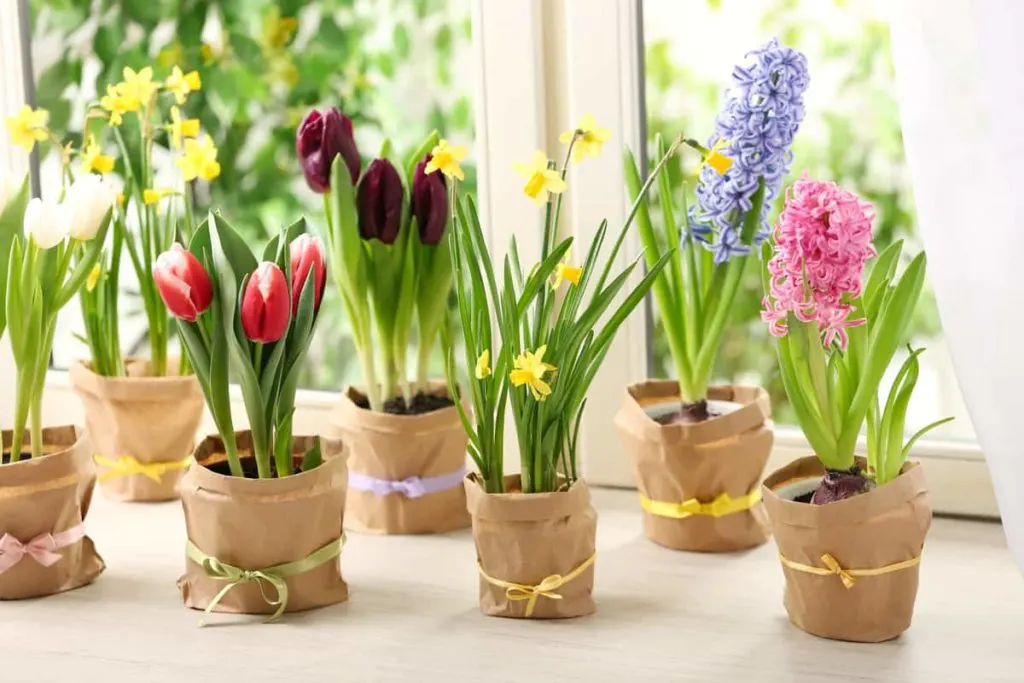
Beyond regular trips to the florist or the delicate art of decorating with dried flowers, there is another way to bring fresh blooms inside during the dark winter months.
You can trick bulbs into thinking and acting like its bloom time.
This is known as forcing bulbs to bloom. You have to convince them that their season is on.
Think Like a Bulb
Some bulbs are easier to convince than others. Some need just a little coaxing with warm temperatures and water. Other types of bulbs are more stubborn. They may need a period of chilled temperature prior to warming up.
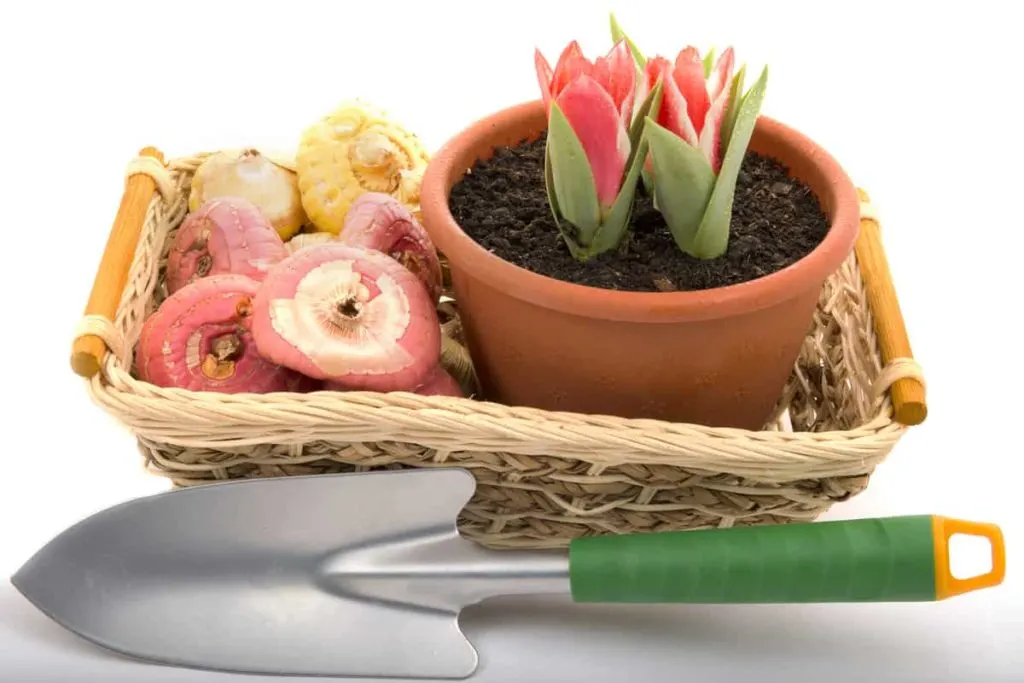
Replicate The Blooming Season
A sure way to succeed is by replicating their natural environment as much as possible.
By imitating the bulbs favorite blooming conditions such as temperature, moisture, and sunlight, they are tricked into producing spectacular flowers, even in the middle of dreary winter.
Chill Out – Choosing Bulbs That Require a Chilling Period
A general rule of thumb, spring-blooming bulbs that would be planted in fall require a period of cool temperatures to simulate winter.
Bulbs that would normally overwinter in the ground such as crocus, tulip, hyacinth, and daffodils are examples of bulbs that need a chilling period.
Chilling can take place anywhere the temperature remains cool without freezing. An unheated basement or garage may be perfect. Some bulbs can chill in the fridge.
No Time to Chill? – Choosing Bulbs That Don’t Require a Chilling Period
For spectacular blooms even faster, many summer-blooming bulbs that are planted in spring do not require a chilling period.
Famously, Amaryllis, is a great example of a bulb with fantastic indoor blooms. It is often planted after Halloween for giant tropical blooms arriving early in the new year.
Other examples of bulbs that don’t require a chilling period are gladioli, dahlia, canna lily, calla lily, and Oriental lilies.
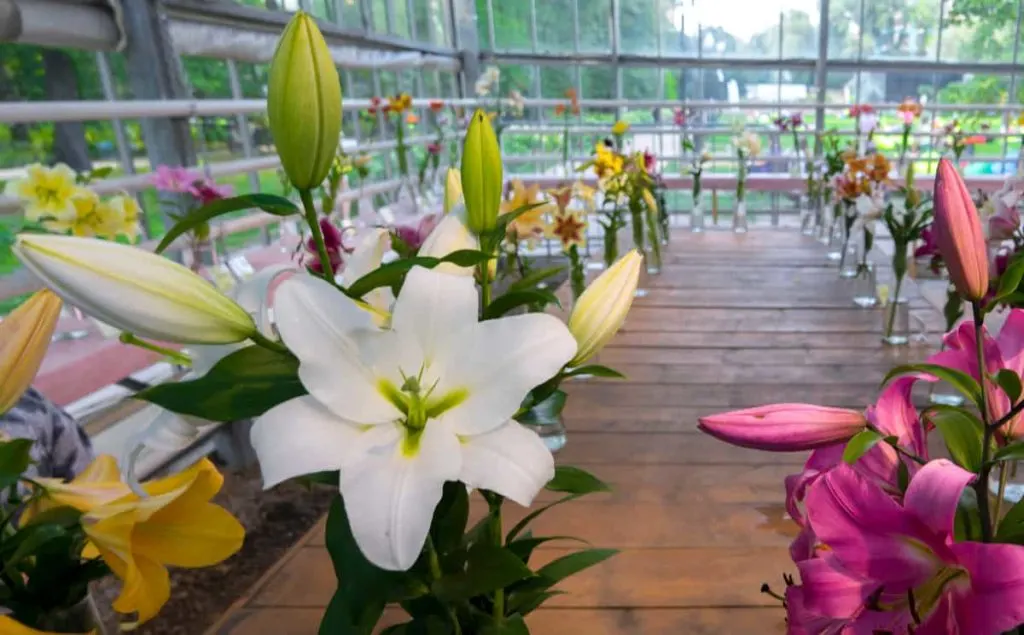
What You Need to Get Started
Your Favorite Bulbs
High-quality, healthy, plump flowering bulbs. Perhaps you have some bulbs leftover from your fall planting of spring-flowering bulbs.
On the other hand, you may be preparing for a midwinter event where some gorgeous live flowering bulbs will infuse spring-like magic into the occasion. Choose bulbs based on the timeline you have available.
Containers
You will need containers with at least a depth of 5 inches or so.
Flowering bulbs can be top heavy so containers should be sturdy. For containers made of lighter materials, place a few stones or heavy items in the bottom.
As with almost all growing things, containers should have adequate drainage. If there is no drainage, fill the bottom couple of inches with drainage material such as large stones, gravel, coarse sand, or glass beads. Glass beads and stones can be extremely attractive in clear glass containers or even mason jars.
Growing Medium
Bulbs are an incredible self-sustaining food system. This is because they were fed by their leaves last season. You might get away with a soilless growing medium, sand, a mix of soil, sand, and perlite, or even gravel.
Alternatively, some bulbs do fantastic just in water, such as hyacinth, narcissus, and amaryllis. Ensure all but the bulbs’ roots sit above the water. This way, they do not get soggy and rot.
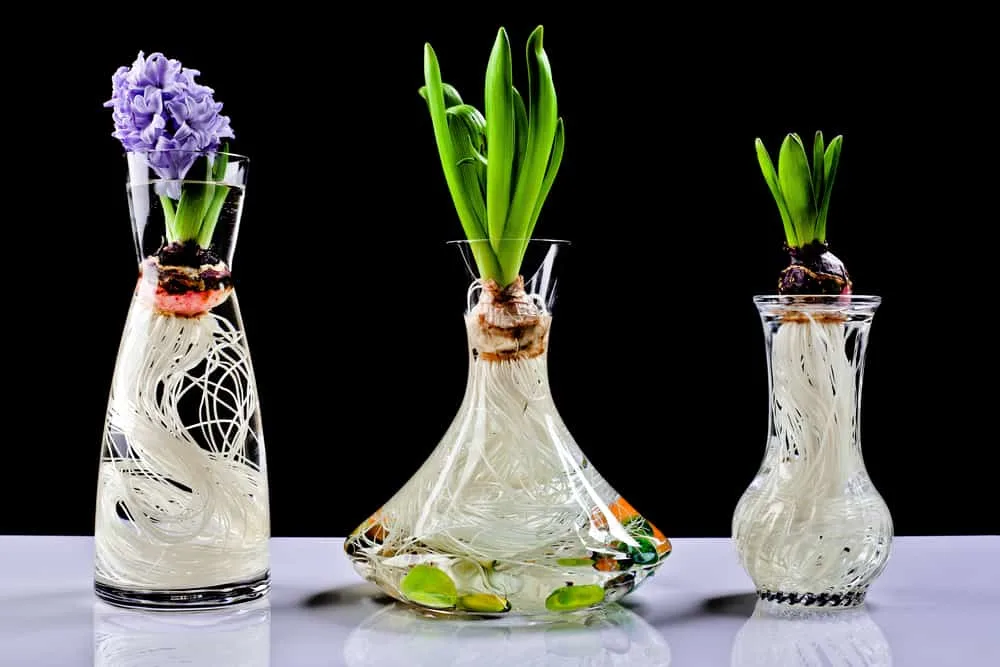
Time
Each type of bulb will require some time to reach full bloom. Bulbs that require a chilling period need 2 to 4 months of chilling before being warmed up to start growing.
Each type of bulb listed below will have the recommended minimum chilling period for each of these hardy bulbs.
For all bulbs, once they have begun sprouting, each will need a month or two to reach full bloom.
The Trick
Thinking like a bulb. It nestles in, sends out some roots, and then takes a nap. Once the temperature warm up and water becomes available, it starts to wake up. This is evident by the shoot or sprout at the top of the bulb.
For this reason, and because it looks cool, plant the bulbs up to their necks in the growing medium.
When tricking bulbs to bloom out of season, they can be planted much closer together. They can also be planted less deep than you would when planting them outside.
Moisten the growing medium thoroughly.
For bulbs that do not require a chilling period, place in a warm sunny location that is above 60° F.
For bulbs that do need a chilling period, place them in a cool, dark place such as an unheated garage or basement for the recommended allotted time.
How To Force Bulbs: Step-By-Step
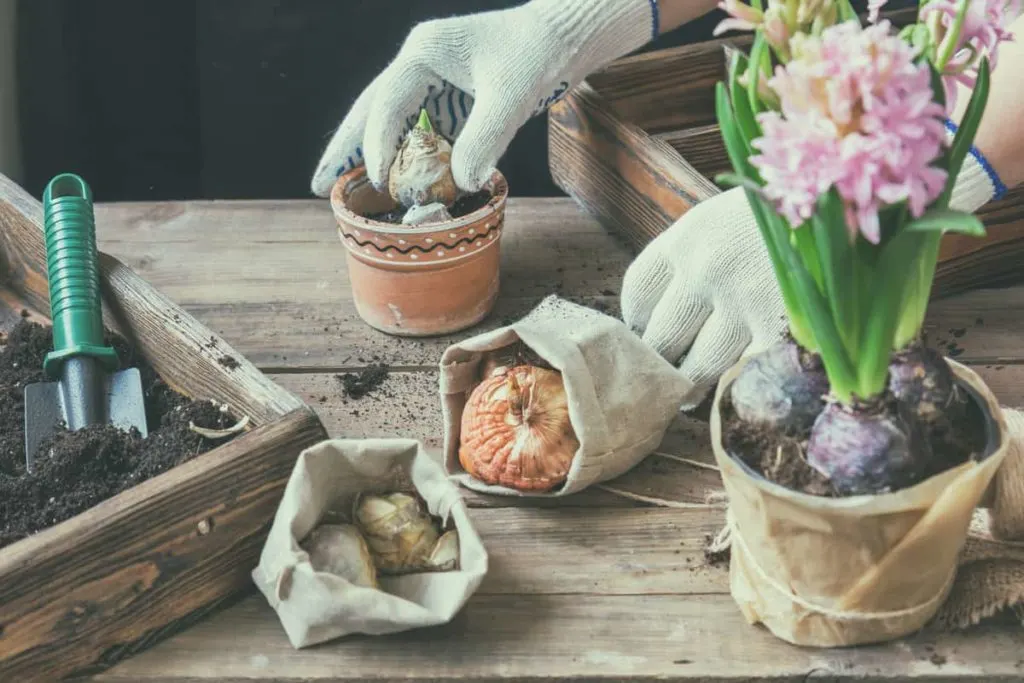
- Pot up bulbs. Alternatively, you can place bulbs in a paper bag in the refrigerator. You might also put them in a root cellar or other cool dark place. For great results, bulbs can be stored like other roots by packing them in sand, peat moss, or wood shavings. The best method may be determined by the level of humidity.
- Place in a cool, dark area for the minimum required chilling period recommended for your bulbs of choice. Choose a place where temperatures remain between 35° and 50° F.
- Remove from cool area. If bulbs are not already in pots, now is a great time to do this. Bulbs can also be forced in water. There are specialized vases or jars made for this. A jar half filled with attractive glass beads or stones and covered in water is another way to force bulbs in water. Simply place the bulbs root side down on top of the glass beads or stones.
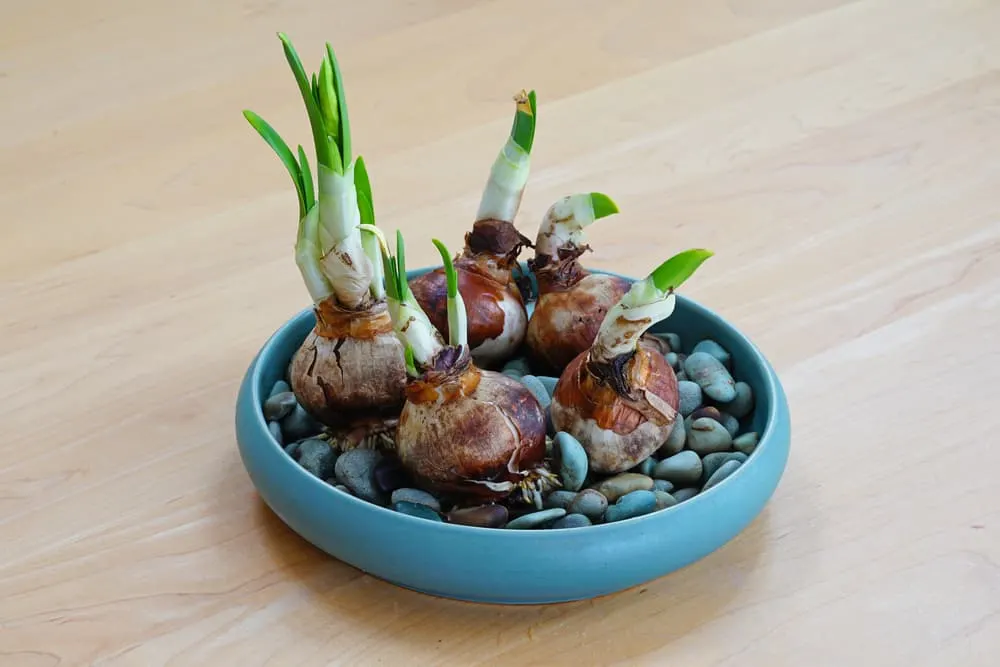
- Slowly warm up bulbs in an area with temperatures between 60° and 65° F. Allow bulbs access to indirect sunlight. Keep bulbs here for about a week or until sprouts begin to show at the top of the bulbs.
- Once the bulbs have sprouted, move bulbs to a sunny location where temperatures are consistently warm. Allow 2 to 6 weeks for the bulbs to create their gorgeous blossoms.
- For longer lasting blooms, protect bulbs from harsh, direct sunlight and high temperatures overnight.
4 Bulbs for Forcing into Out-Of-Season Bloom
1. Crocus (Spring-Blooming Types)
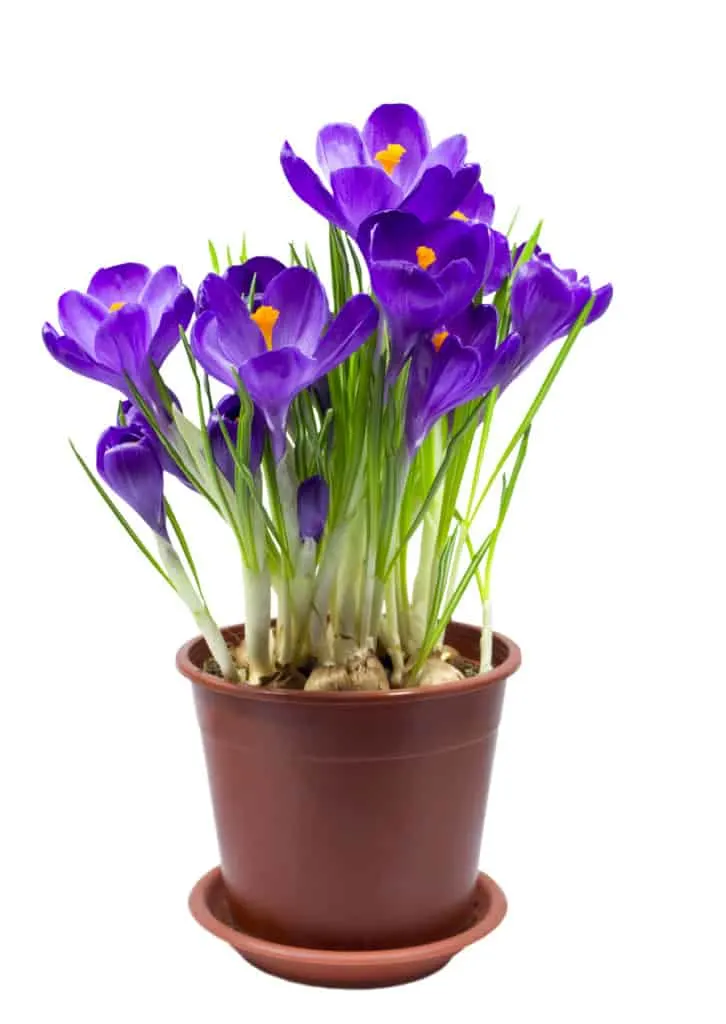
There is no better way to break the dark, dreary long winter days with the bright, sunny, exuberant flowers of crocus.
Crocus bulbs are small, producing blooms in 2 to 5 weeks. The charming little plants are short and easy to handle as they brighten up a cold winter’s day.
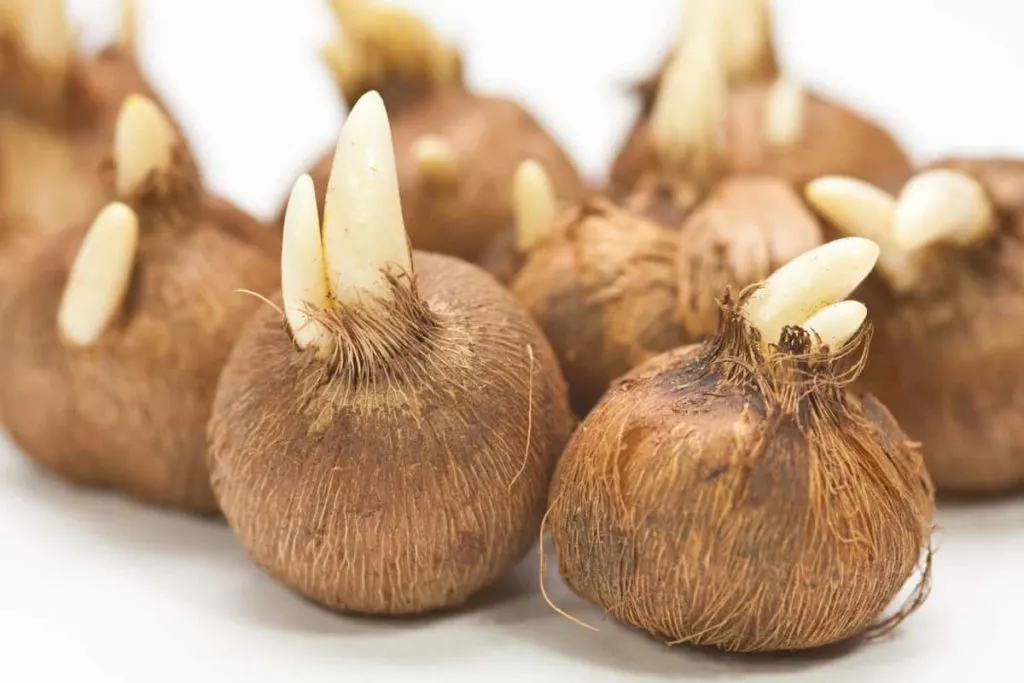
Chilling Period: 8 to 10 weeks.
2. Tulips
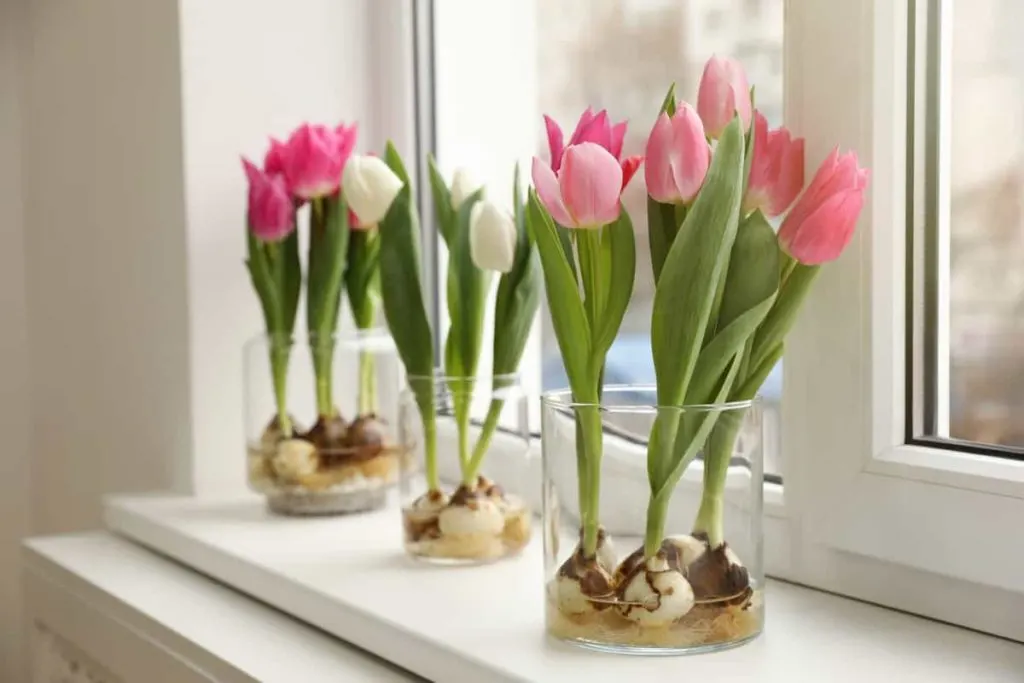
For the tulip fanatic, there is just not enough time in the spring to enjoy all the vibrant varieties. Why not get a jump start on your tulip parade?
By forcing tulips to bloom early, you can have some tulips blooming even when it’s still freezing outside!
Tulip varieties can be tiny and dainty but some may also be tall with giant flowers. Use pots and containers suitable to the varieties chosen as they may become top-heavy.
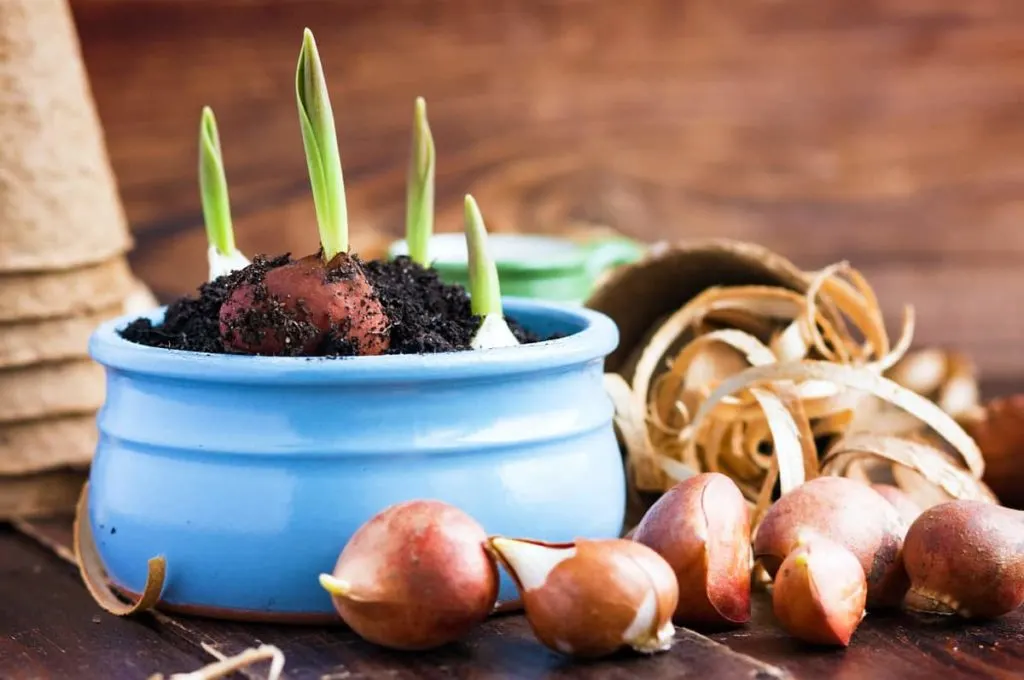
Chilling Period: 14 to 16 weeks.
3. Narcissus
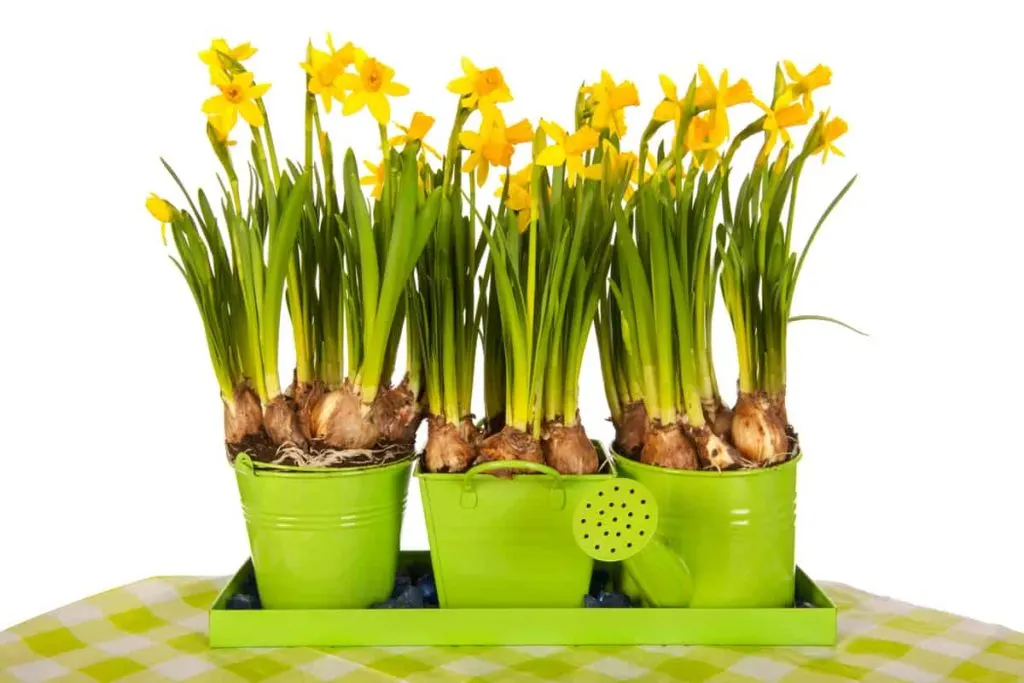
Nothing beats the cheerfulness of narcissus, daffodils, and jonquils to chase away the winter blues.
Their sunny disposition is perfect for blooming inside to brighten up the dark winter days. All the choices available outside can be brought in, from the stout trumpet daffodils to narcissus with fragrant double blooms.
Forcing them to bloom inside is a great way to explore all these fun flowering bulbs have to offer!
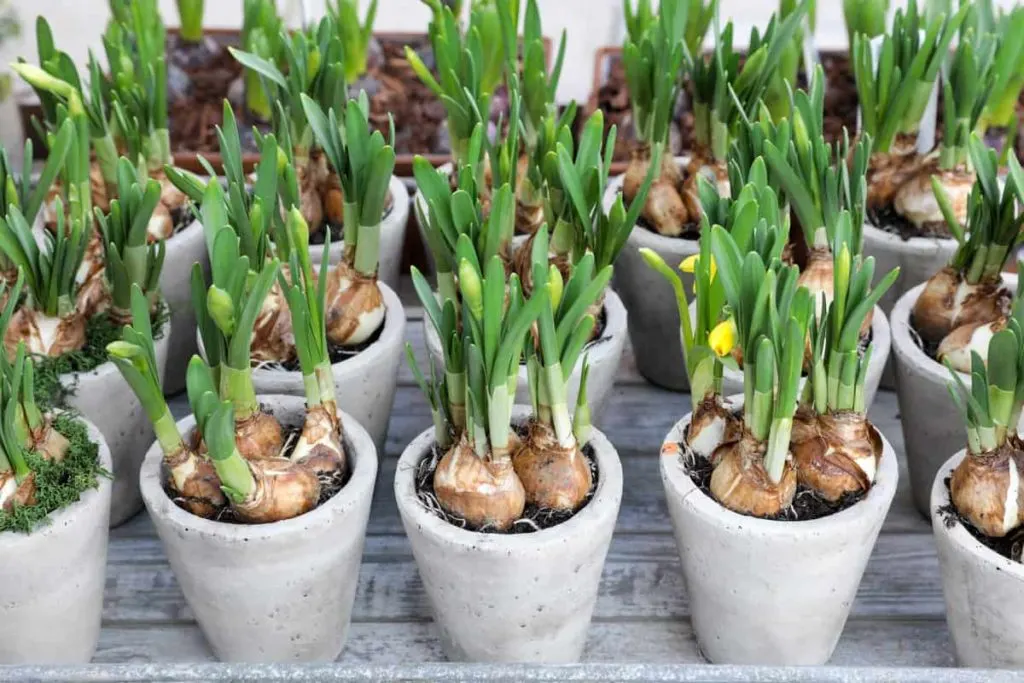
Chilling Period: 14 to 16 weeks.
4. Hyacinth
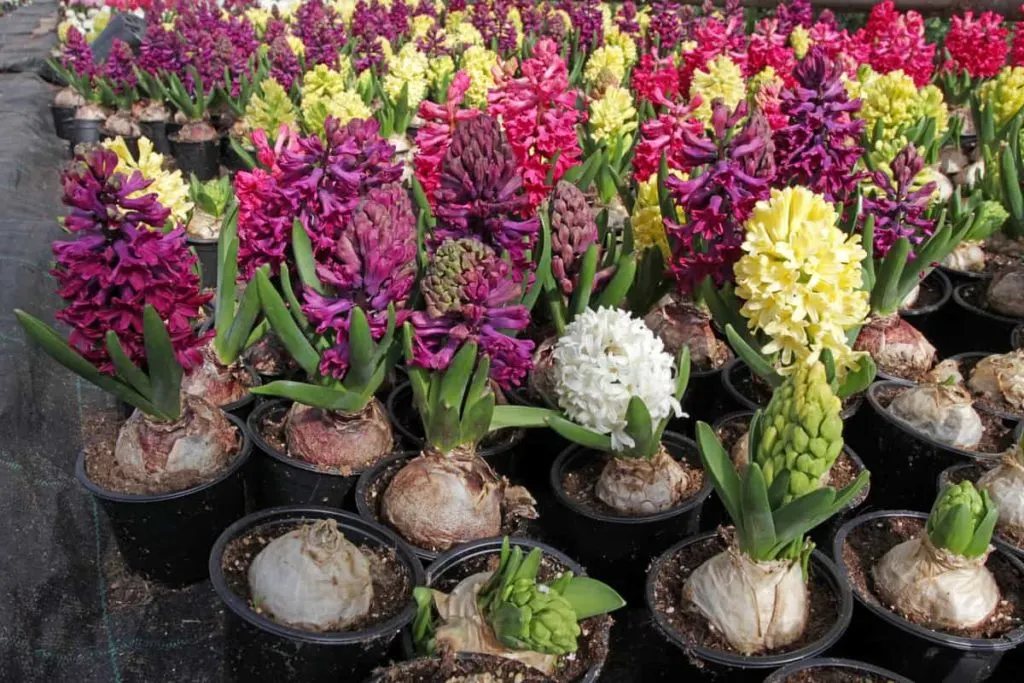
Imagine filling the winter-worn home with the glorious aromas of early flowering hyacinth! I’m picturing lovely red, white, and pink varieties to entice romance into mid-February’s Valentine’s Day.
The incredibly adorable flowers will contrast so lovingly with quiet drifting snow outside on the doorstep.
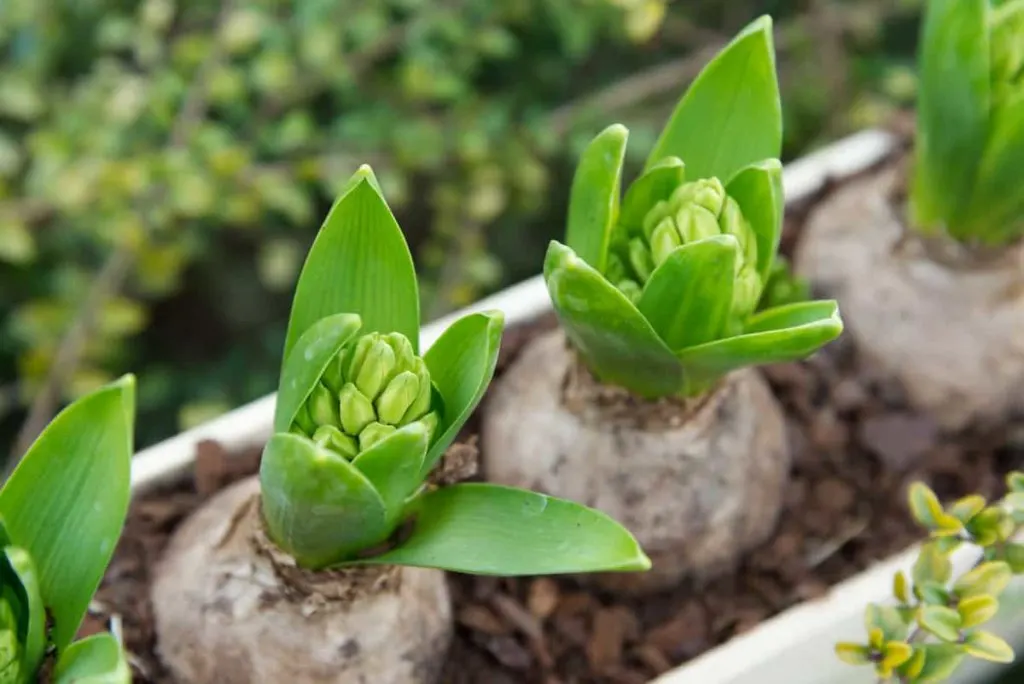
Chilling Period: 12 to 14 weeks.
3 Bulbs for Forcing When There’s No Time to Chill
1. Lilies
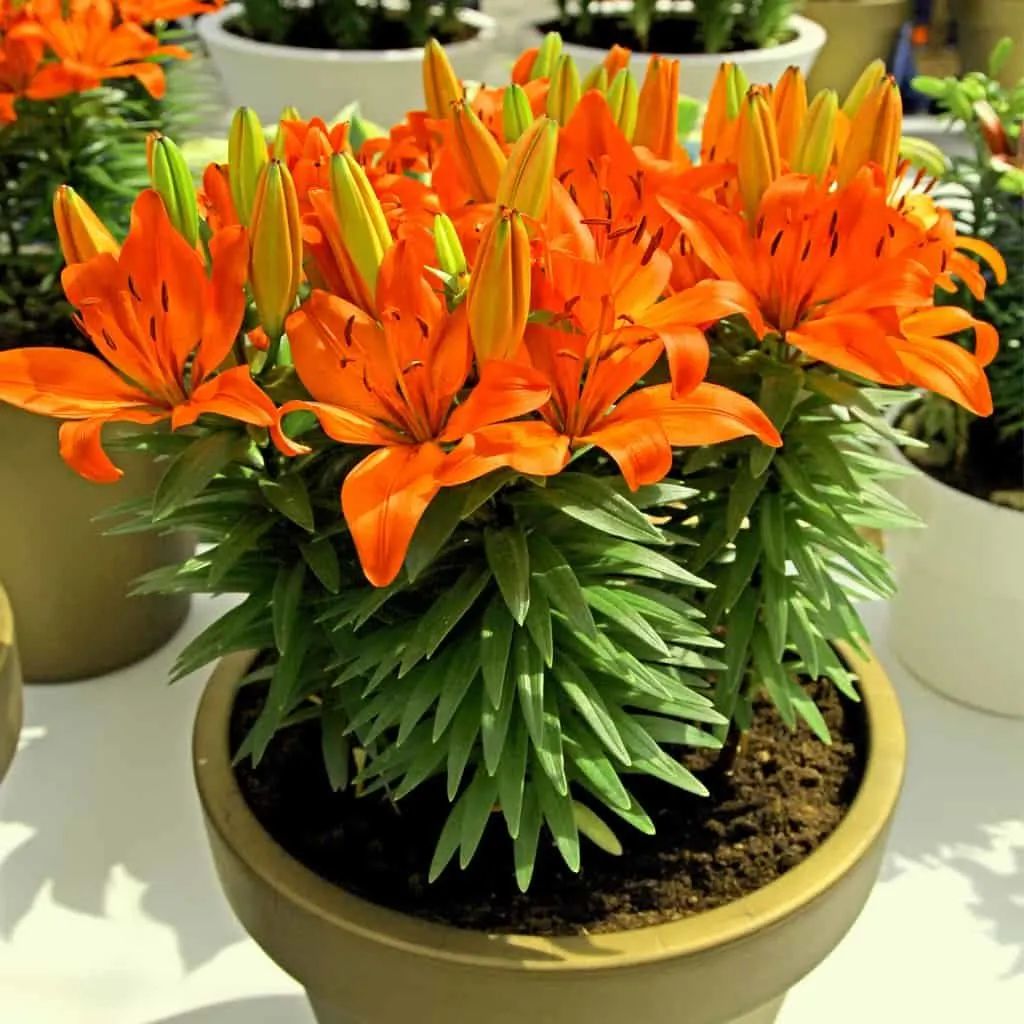
Nothing brings a tropical flare and fragrance to cold winter months better than lilies. Famous for forcing, massive quantities of Easter Lilies are forced into bloom for spring-time celebrations across the globe.
Many types of lilies can be tricked into bloom early to endow our winter-weary souls with their enchanting fragrant flowers!
2. Gladiolus
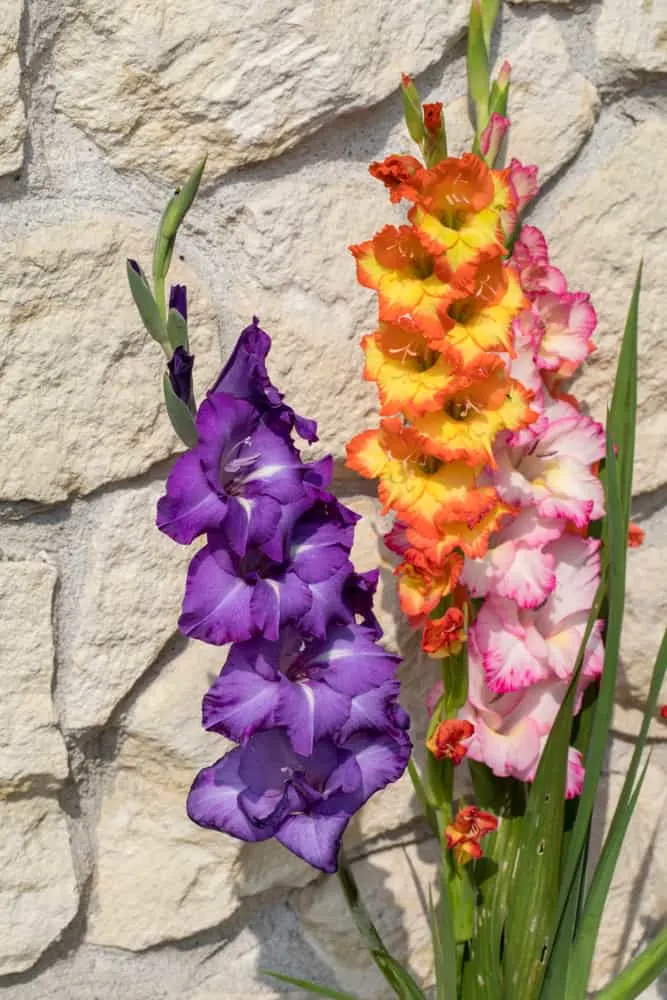
Nothing celebrates the best of summer than the flamboyant blossoms of gladioli. A perfect way to revitalize a gray snowy day is to bring these gorgeous flowers to life in the middle of winter.
The long-lasting blooms are a treasure to salve the soul. A sturdy container is most important as the tall, arching flower stalks may topple without corresponding supports.
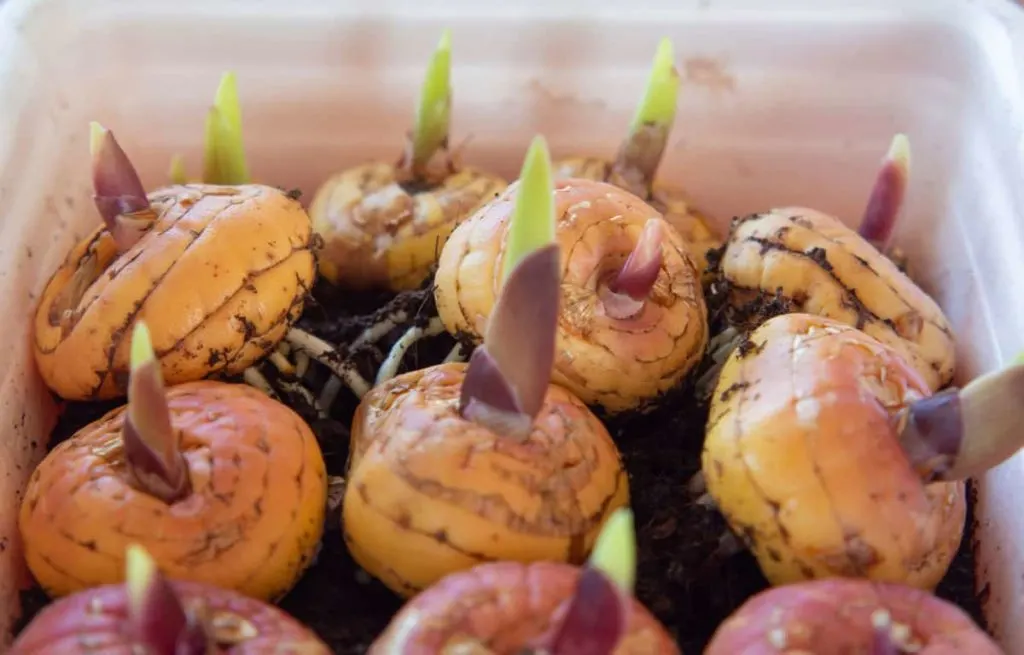
3. Amaryllis
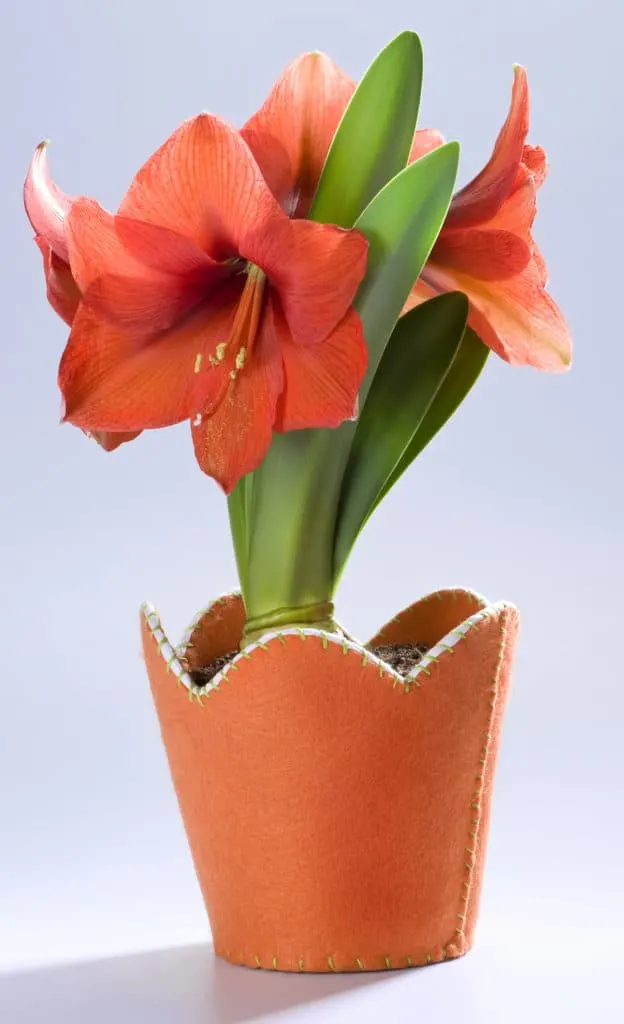
The tried-and-true bulb to force into flowering during the winter months. Amaryllis is the perfect bulb to start indoor bulb forcing as many are bred for just this reason.
The giant blooms outdo themselves with blossoms that are beyond compare. The other great thing about amaryllis is they often are sold at just the right time with comprehensive instructions to go with each vivacious variety.
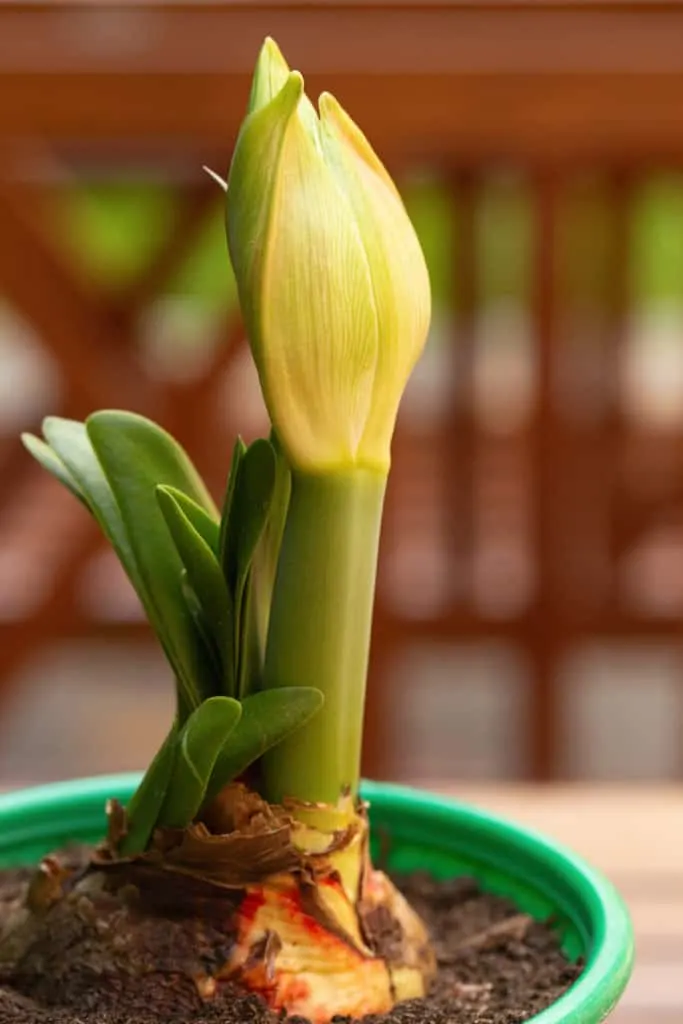
Final Thoughts
If you are like me, you may already be dreading the rarity of living blossoms during the long winter months.
Consider taking up this indoor gardening habit of tricking flowering bulbs into blooming when you want them to!
It may help spread a little cheerfulness to break up those long winter days spent waiting for all the blossoms of the coming spring.
